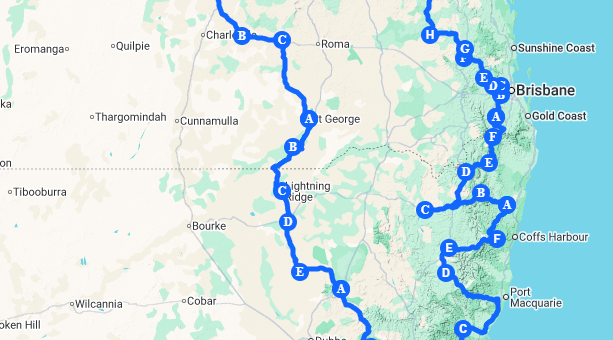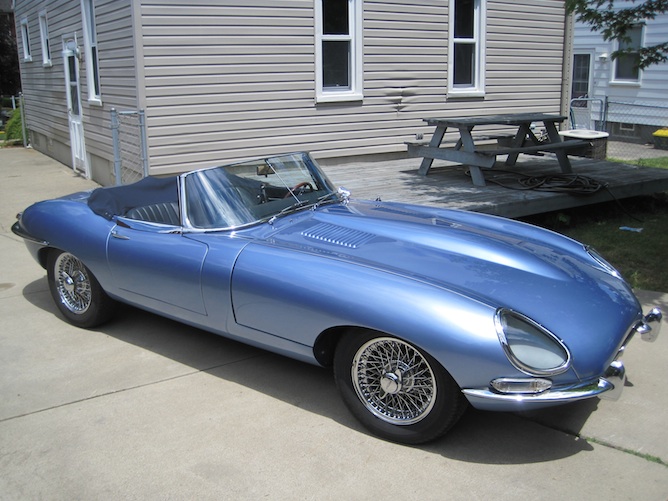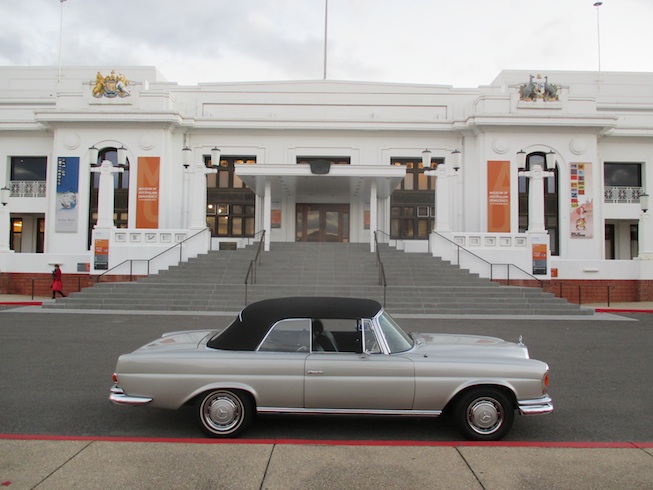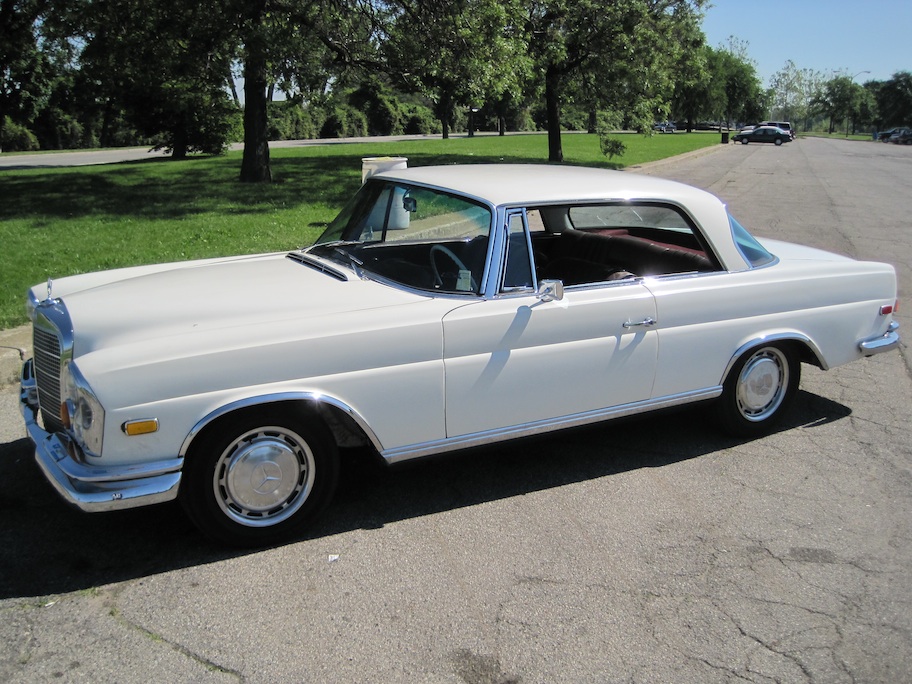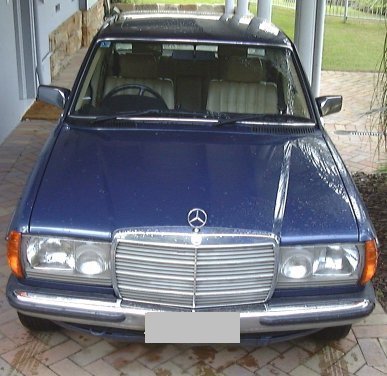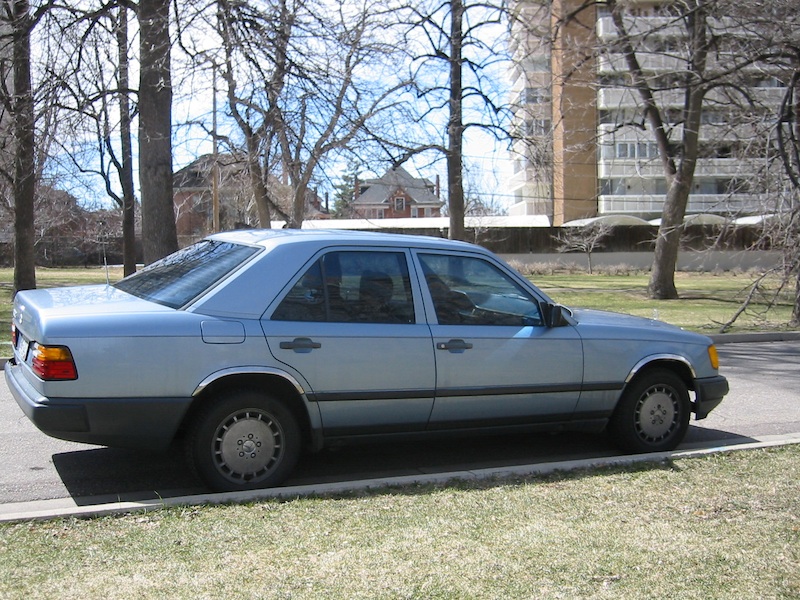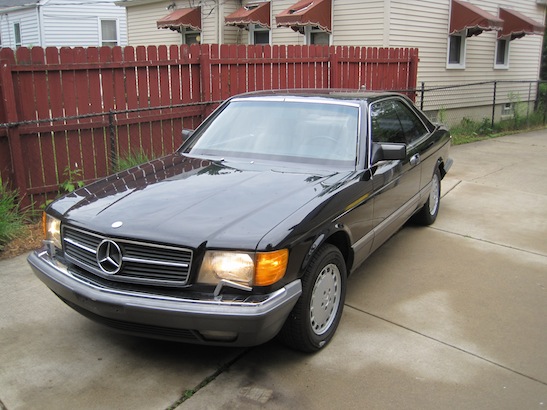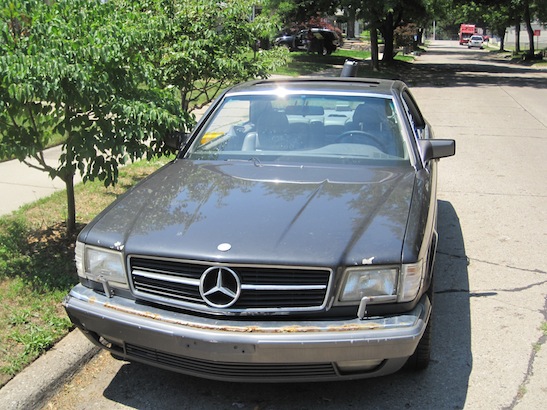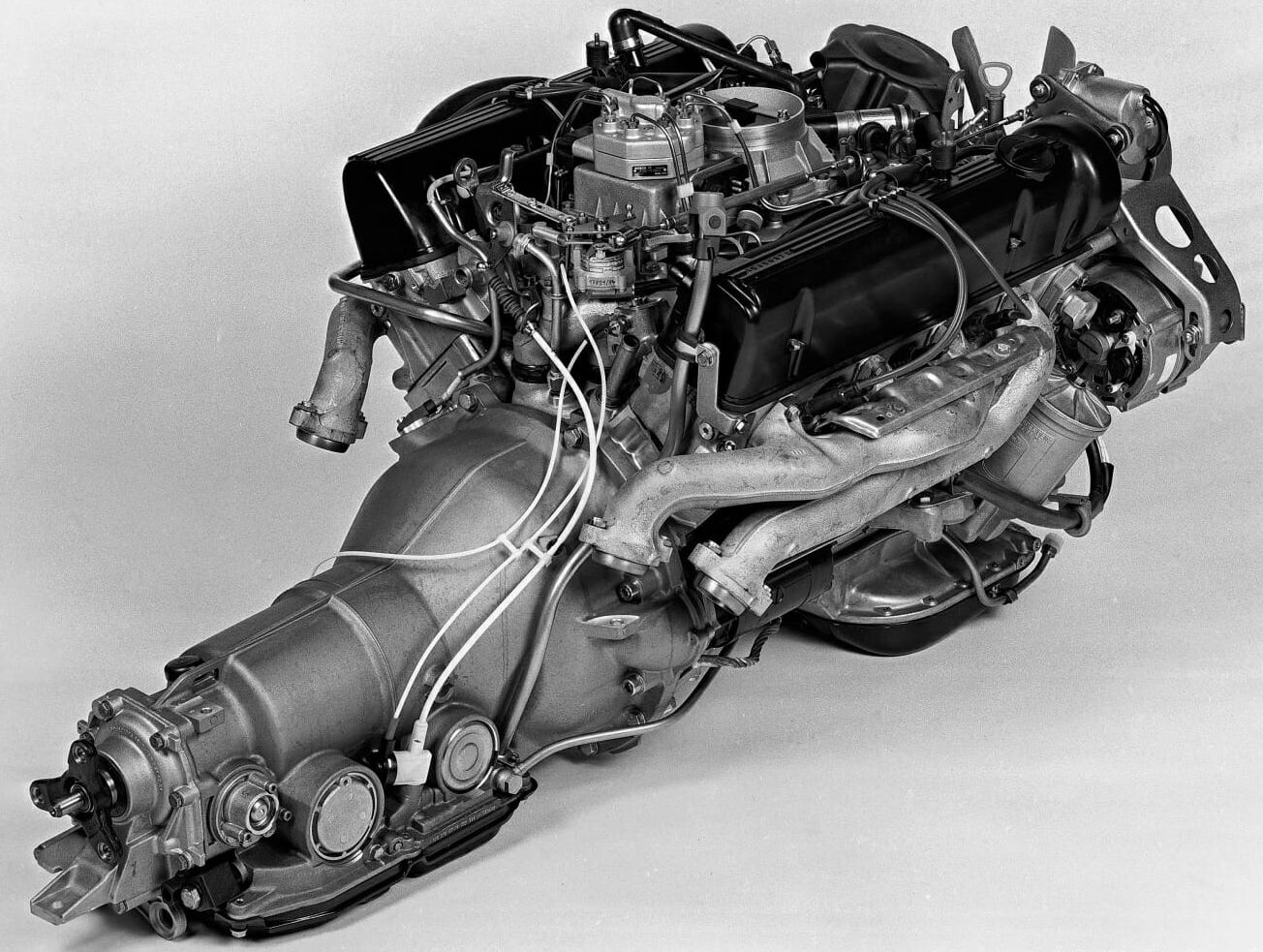Planning a 4,800km road trip to outback Queensland
The last three of our big classic car road trips have headed south towards Victoria. This year it was time for something different. We are heading north to Queensland. Due to extreme temperatures and the propensity to flood, we are going in Winter. I’ve never been that far from the coast in Queensland, so this trip was an opportunity to see a totally different...

